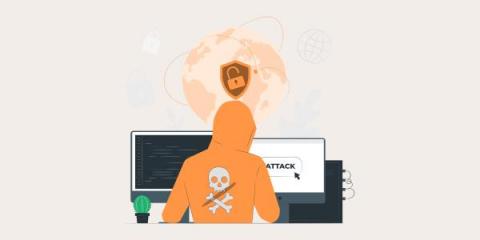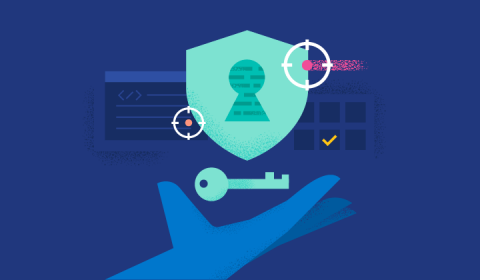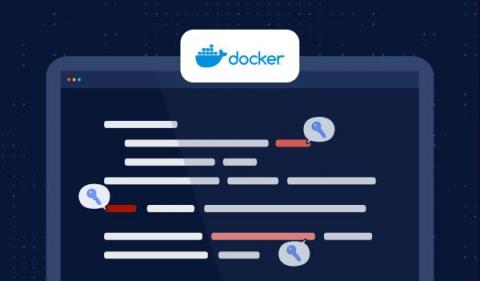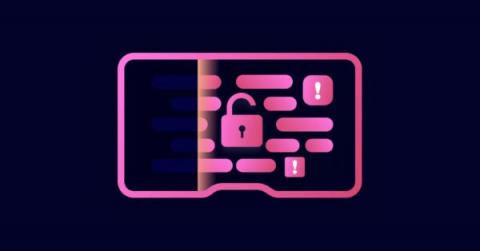The ION Ransomware Crisis: A Wake-Up Call for Organizations
Ransomware appears to be one of the most expensive and disruptive internet afflictions. It is a type of malware that encrypts the victim's files and vital information, and hackers demand payoffs to provide the decryption keys. While ransomware is not any new form of attack on cybersecurity, the prevalent scenario is indeed alarming; the following numbers corroborate the same- It seems that individuals and organizations are likely to get affected by ransomware attacks even in 2023 and beyond.











